Estonia is a country in Northern Europe. It consists of the mainland and 2,222 islands on the eastern coast of the Baltic Sea. Throughout much of its history, Estonia has been dominated by foreign powers. After the Second World War, it became a constituent republic of the USSR. In 1991, Estonia declared its independence along with the rest of the Baltic states. Following the Soviet Union’s recognition of Estonia’s independence on September 6, 1991, the Baltic states became members of the United Nations. After the fall of the Soviet Union, Estonia reoriented its economy toward market capitalism and transformed into a parliamentary democracy. Estonia experienced a significant influx of immigration during the second half of the 20th century due to extensive migration and annexation from the Soviet Union in 1940.
Estonia was essentially an industrial region at the height of the Soviet economy, with agriculture making up a smaller share. The agriculture and industry sectors remain essential parts of the Estonian economy. Still, their share of the Gross Domestic Product (GDP) and the labor force has declined while commerce and services have grown. During the transition to a market-based economy, the Estonian economy experienced an initial downturn (falling production, inflation, and unemployment). Still, it recovered by the middle of the 1990s, and it improved some more throughout the following decade.
Below are some fascinating photos from Jens-Olaf Walter show what Estonia looked like in the early 1990s, just after the independence.


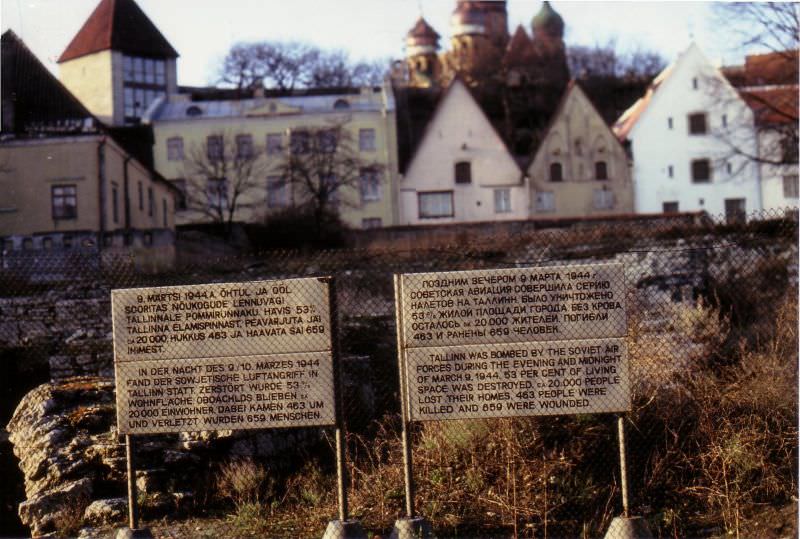
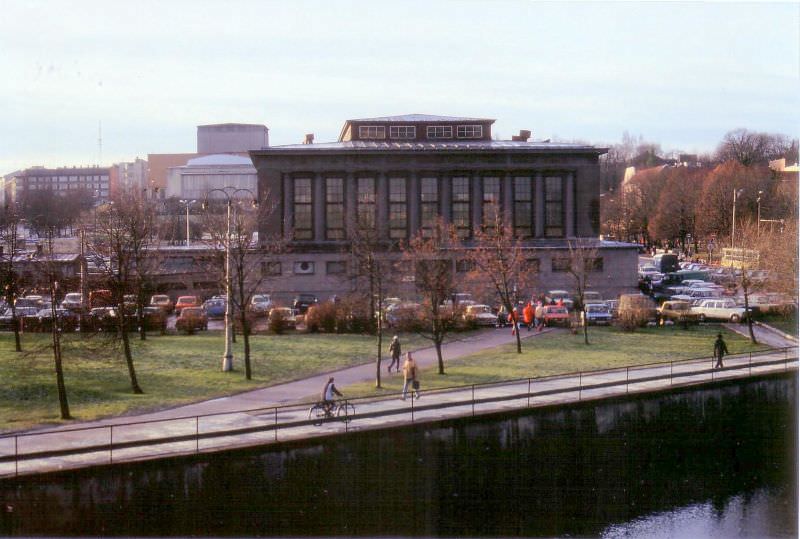
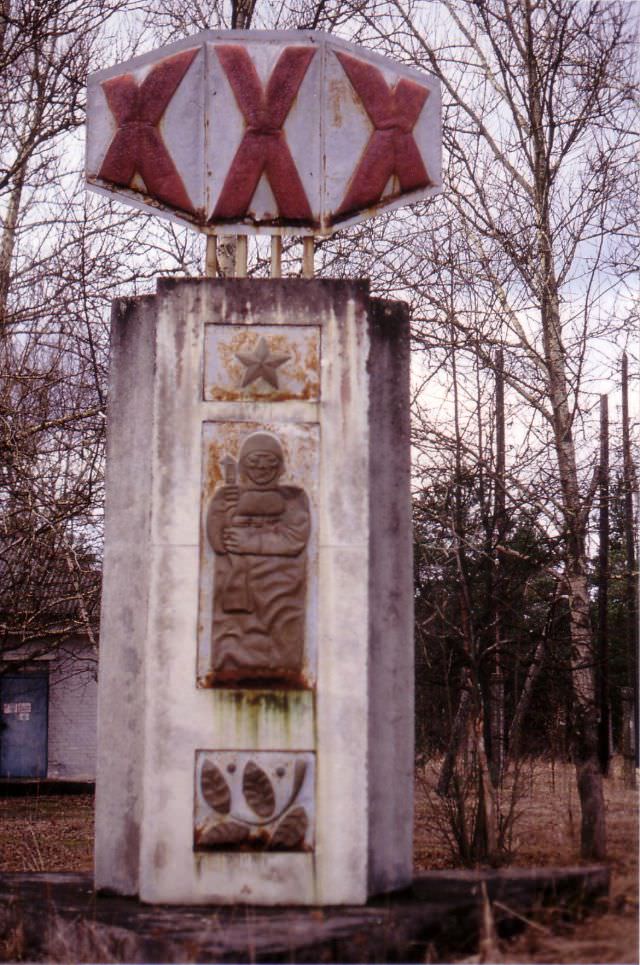
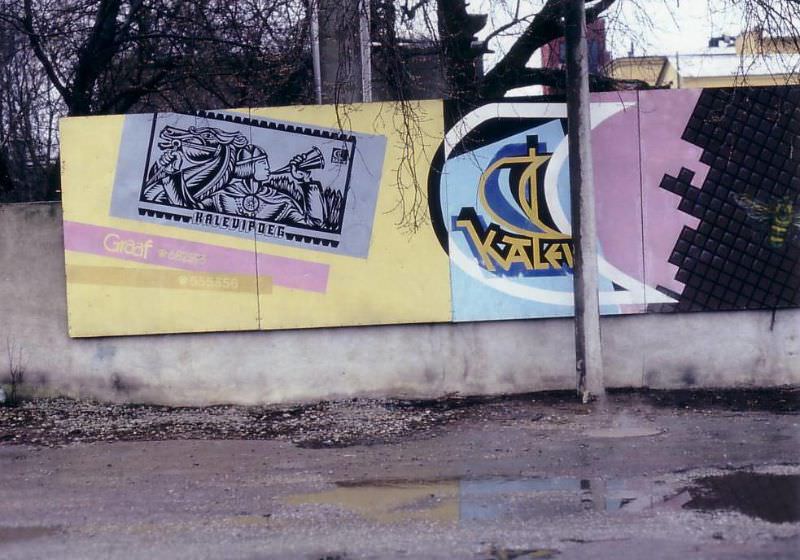
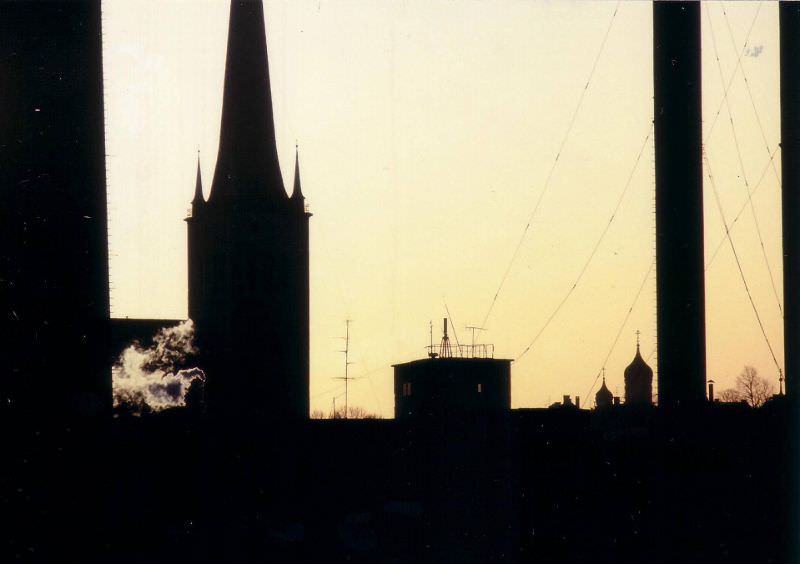
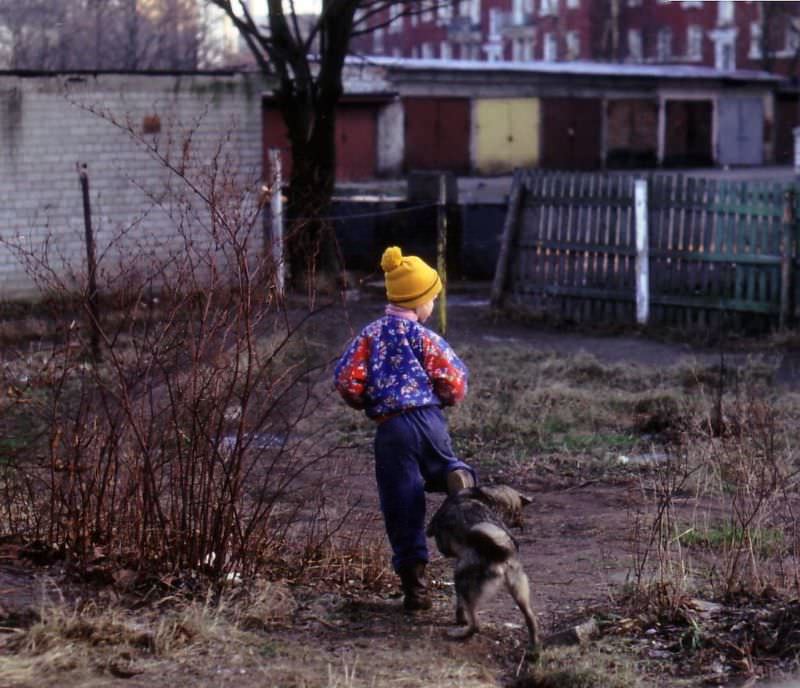
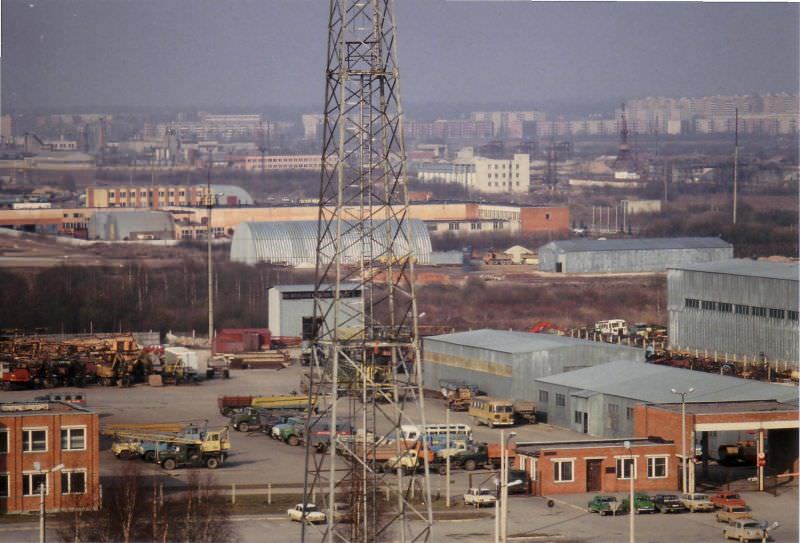
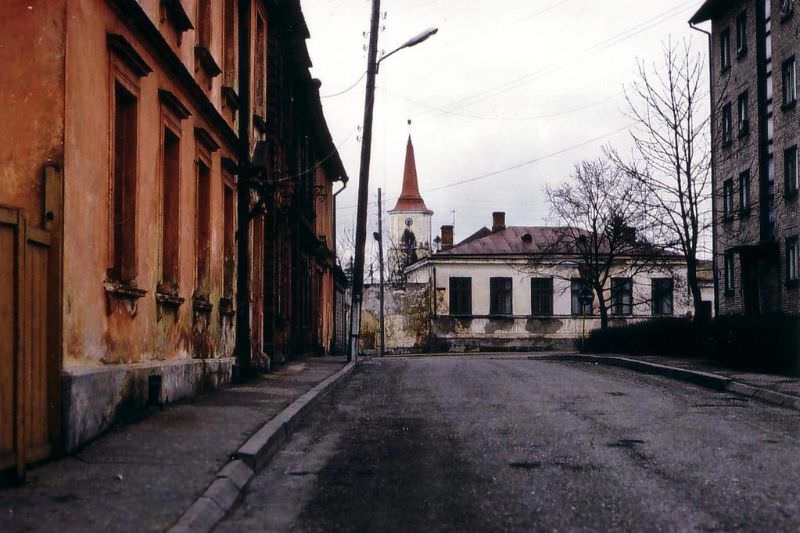
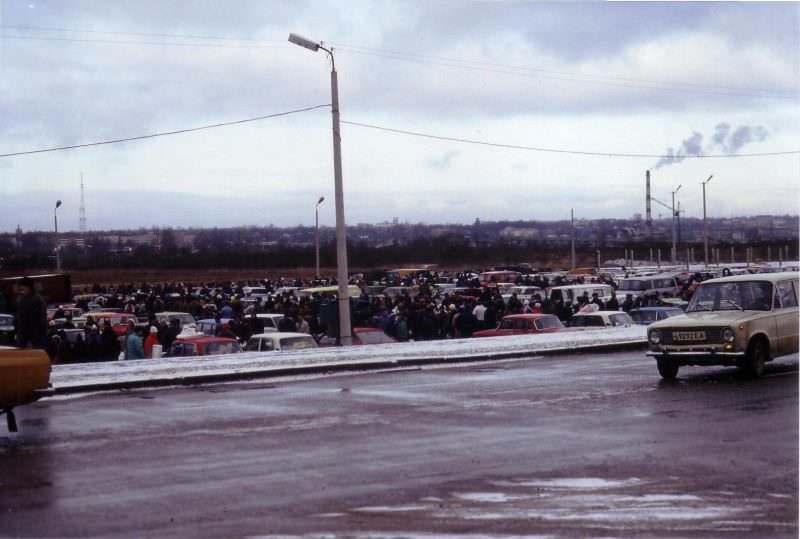
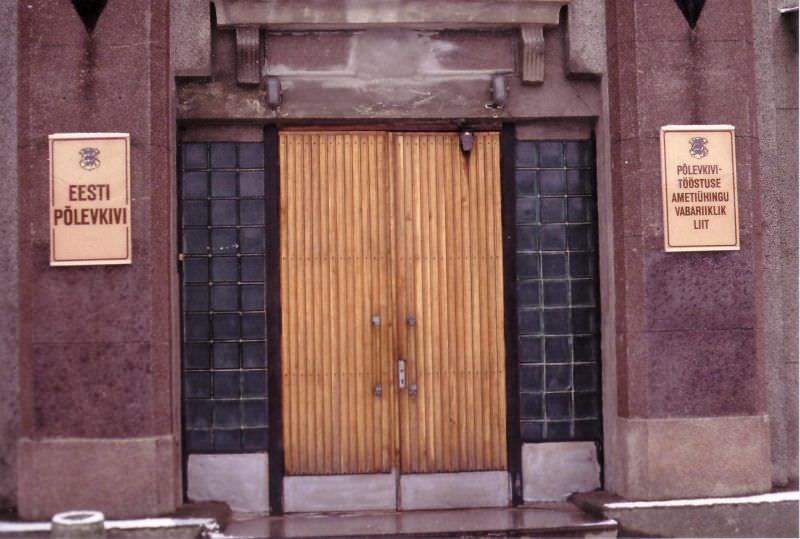
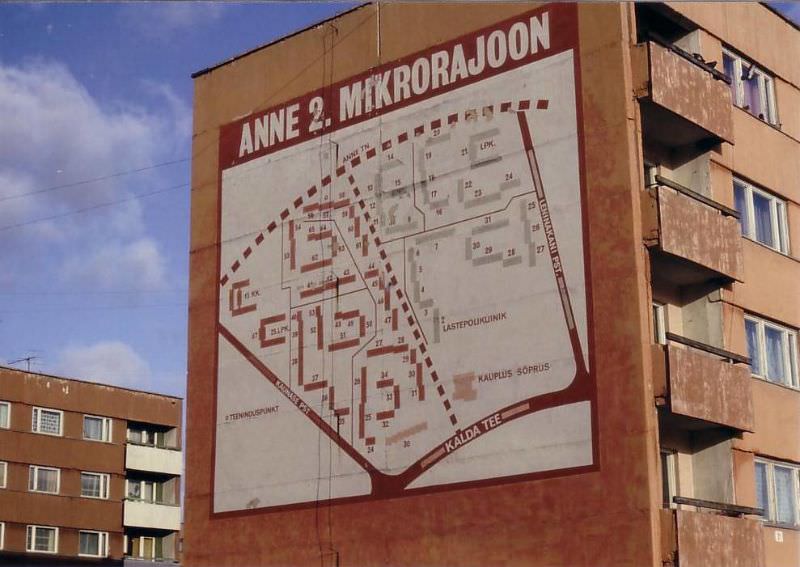
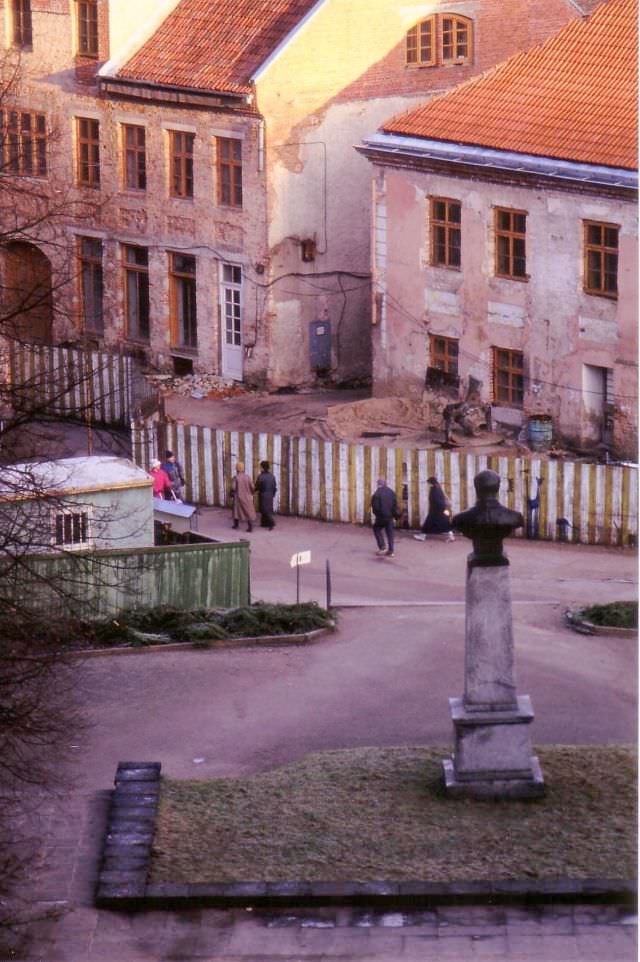
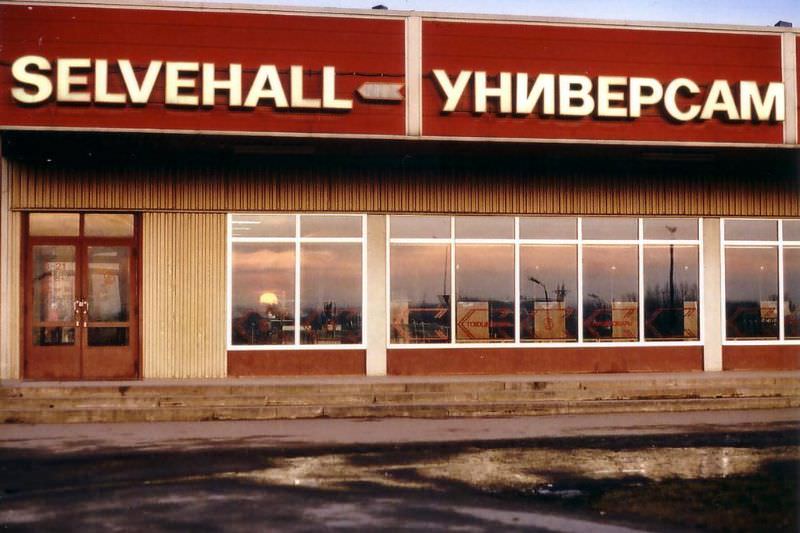
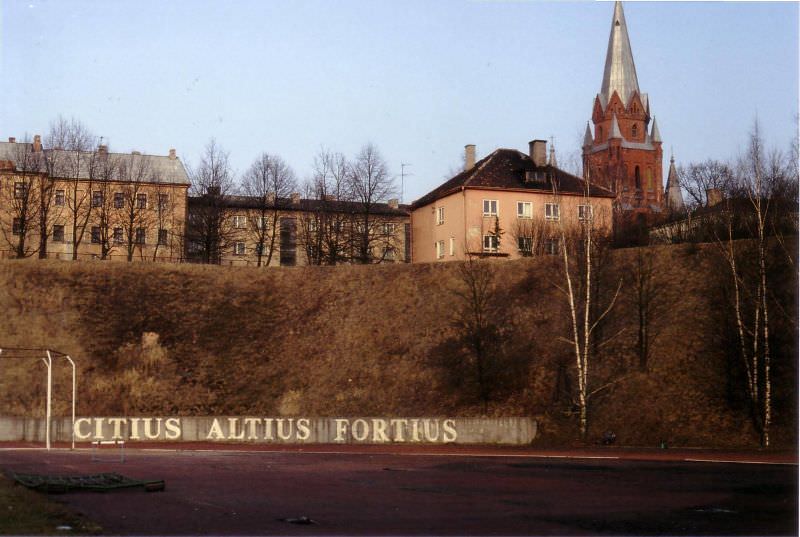
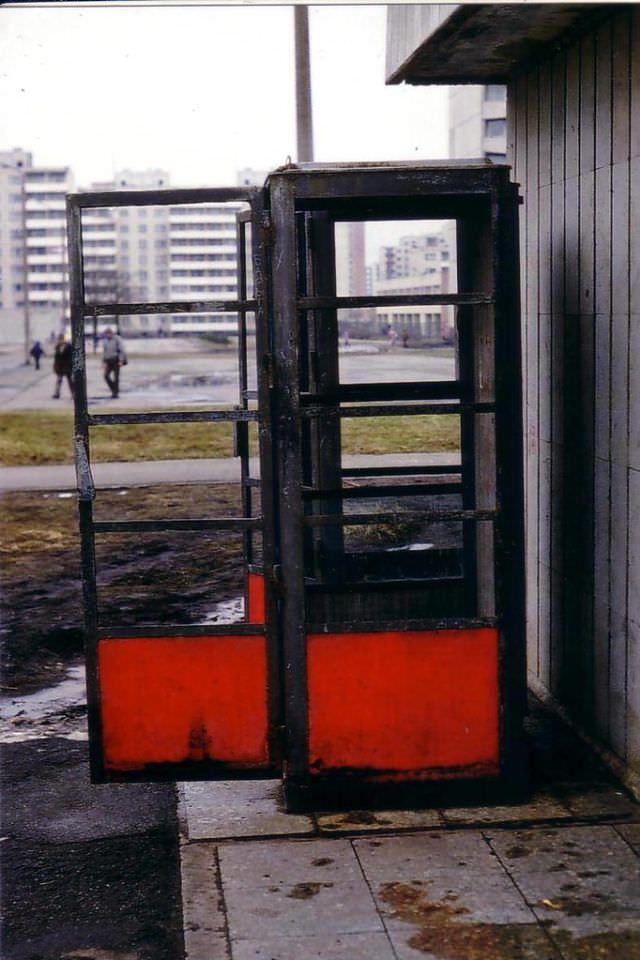
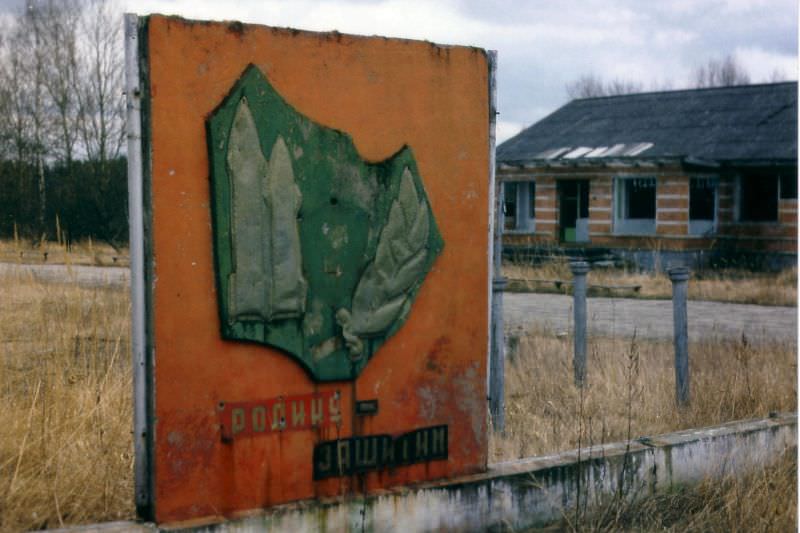
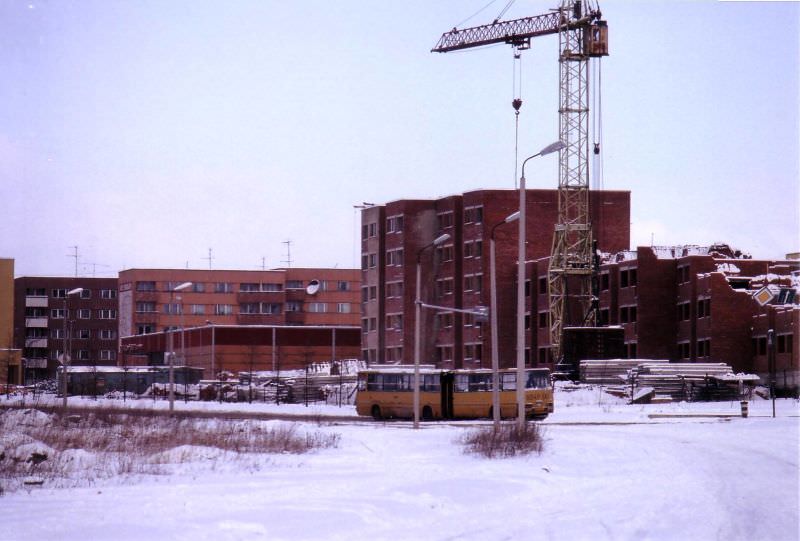
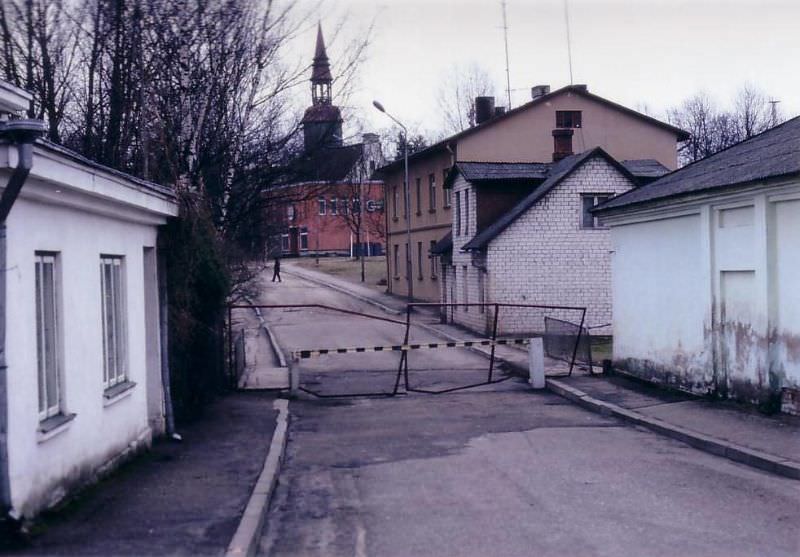
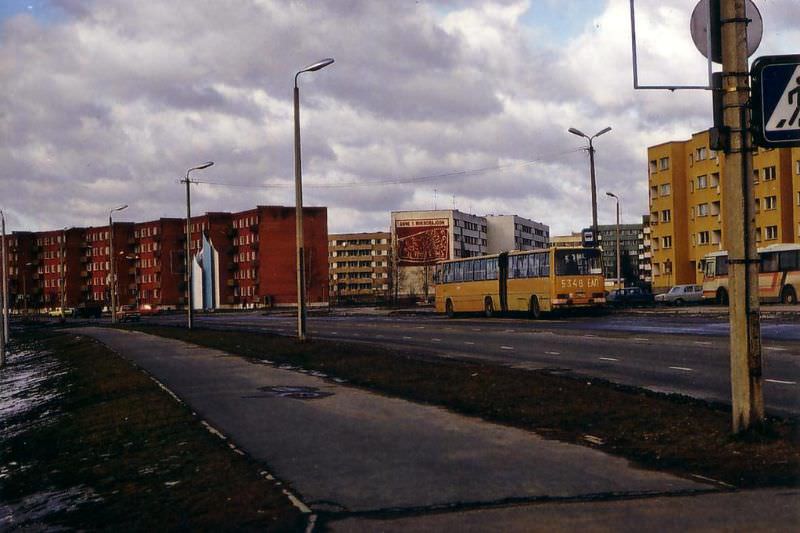
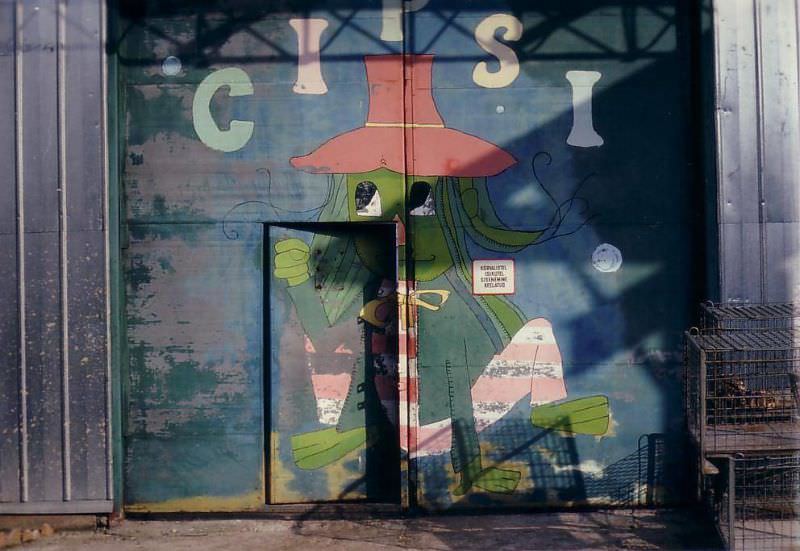
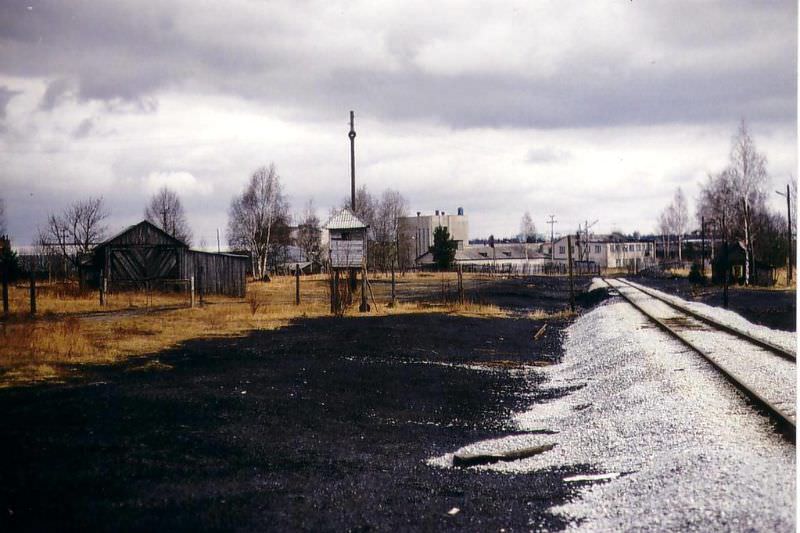
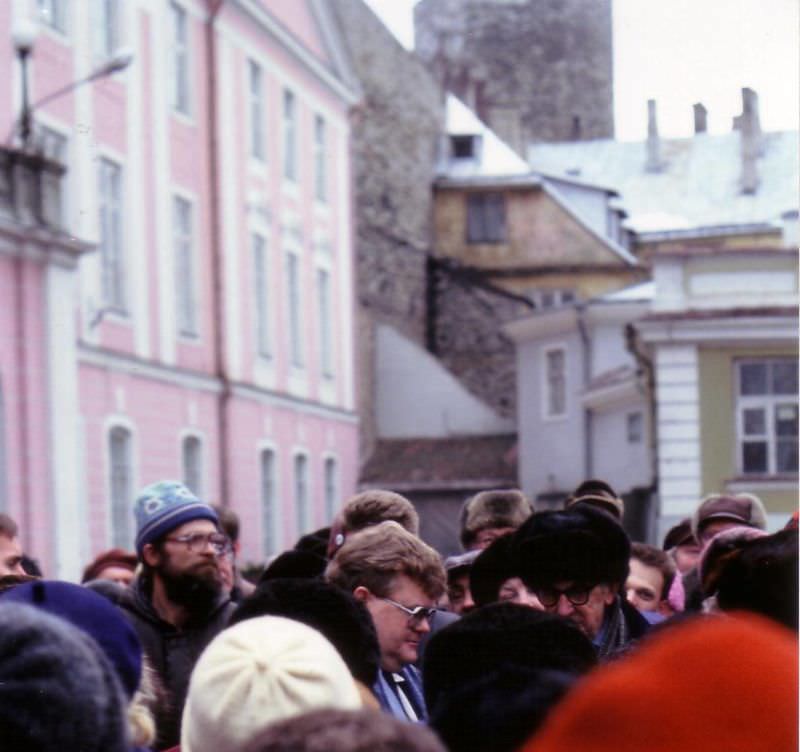
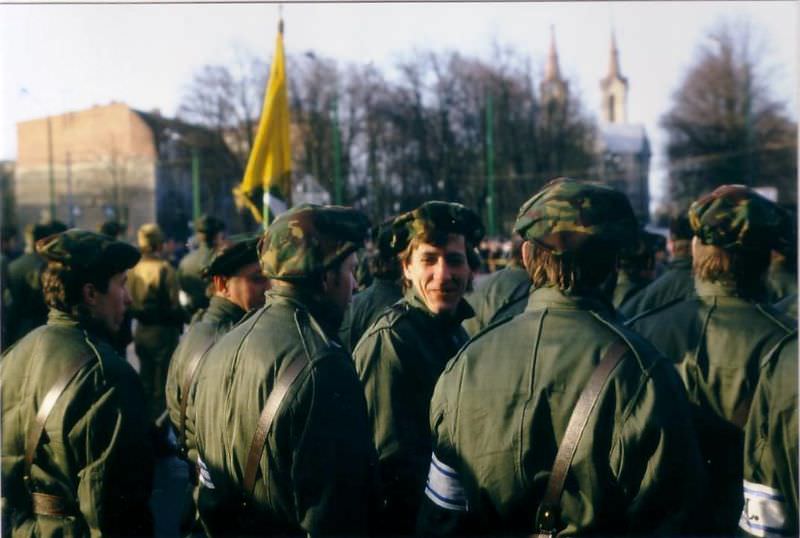
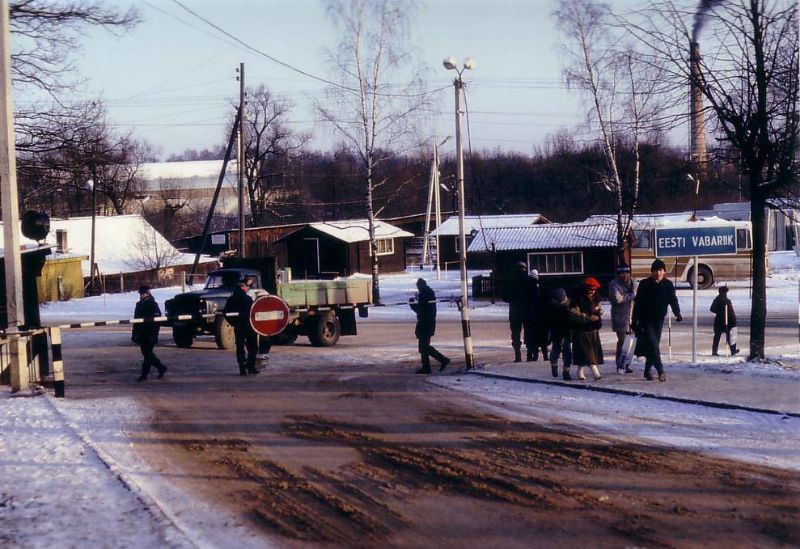
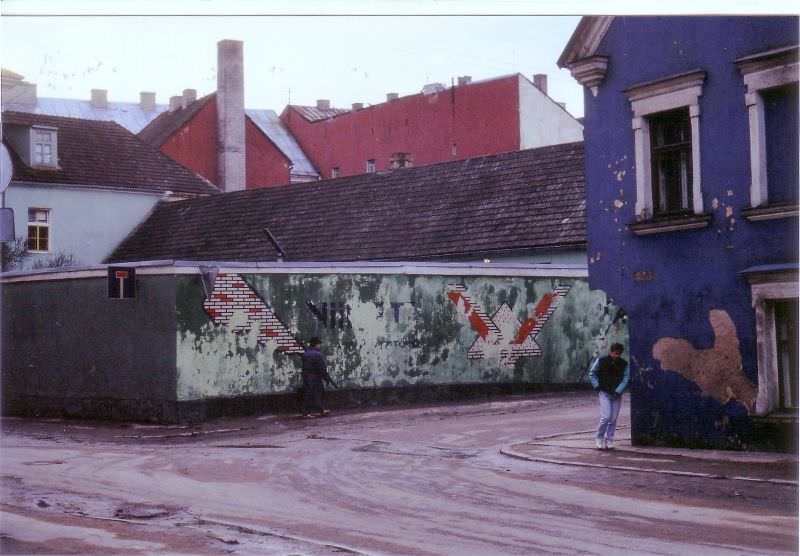
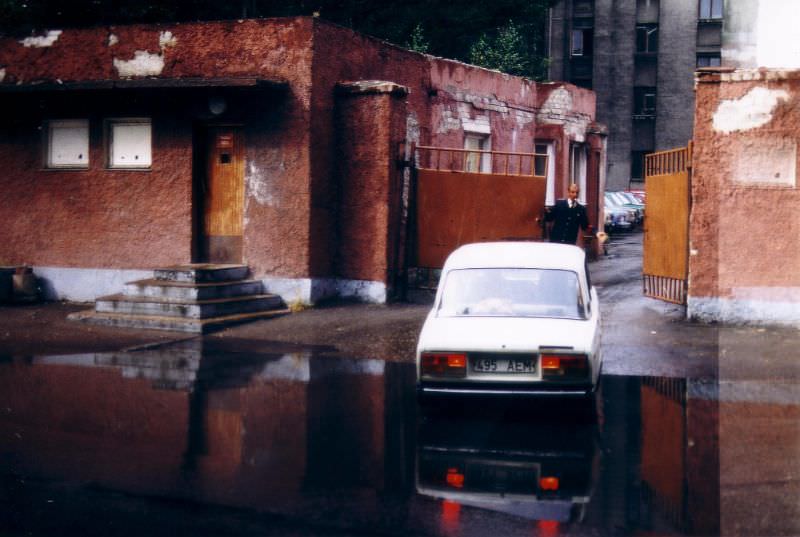
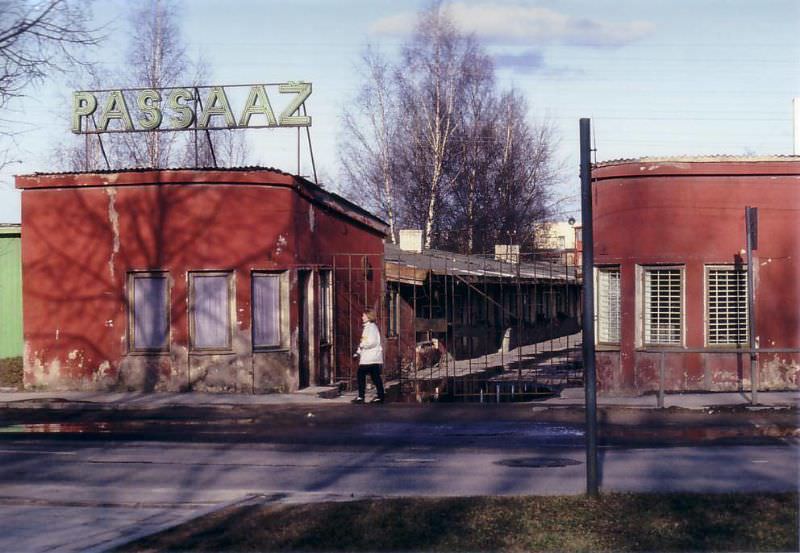
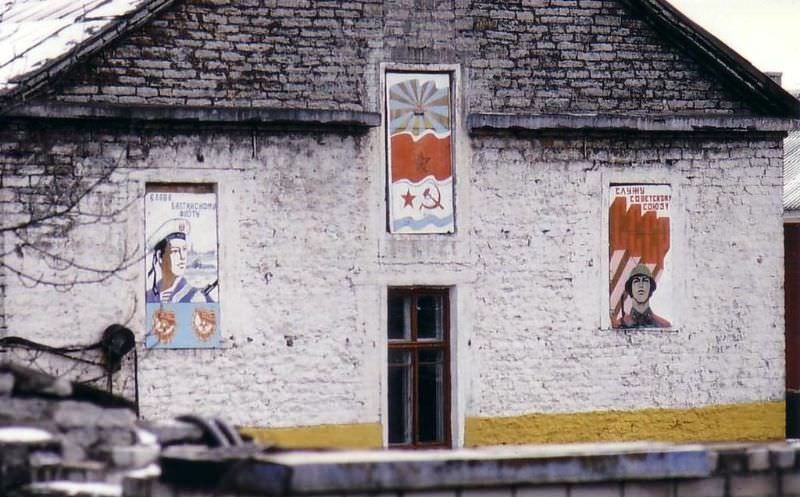
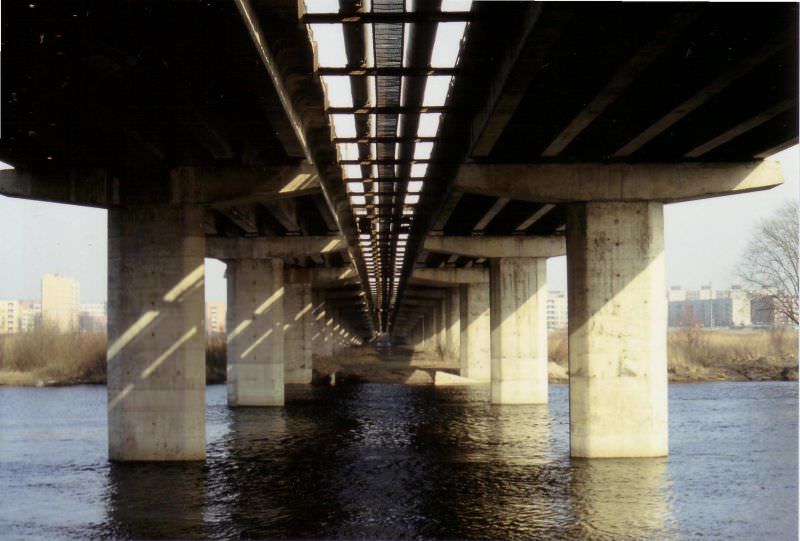
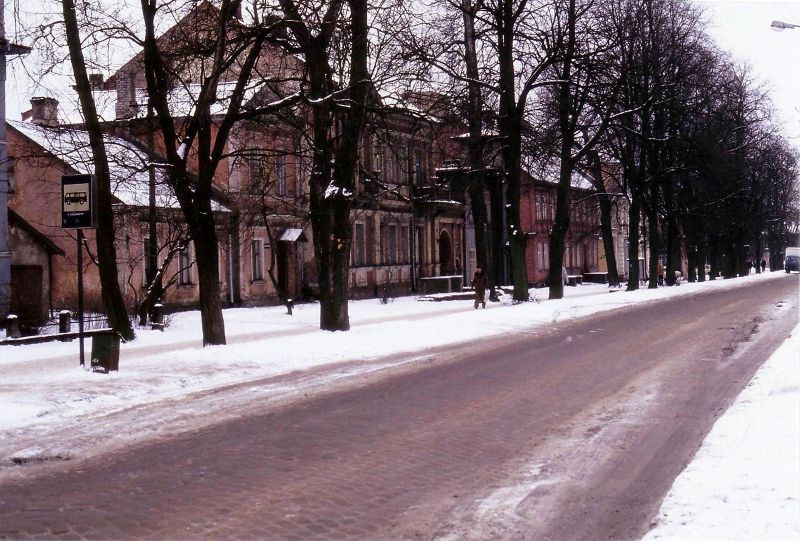
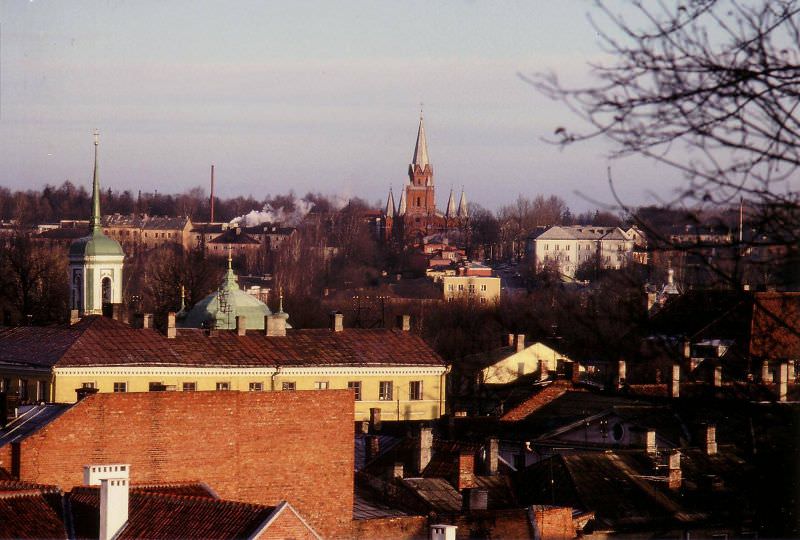
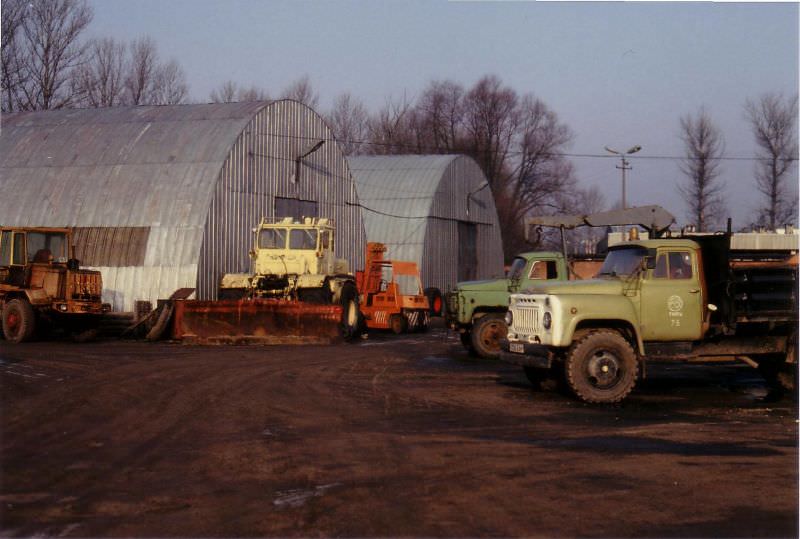

Good now I have crippling depression
restoration of independance
So fascinate much wow!
Valga on ikka sama pommiauk?
Reklaame on rohkem kui pilte sellel lehel.